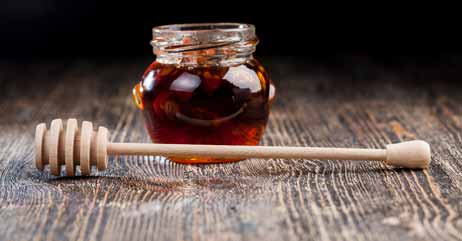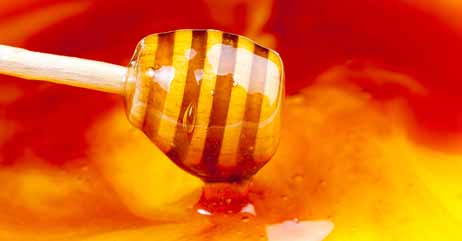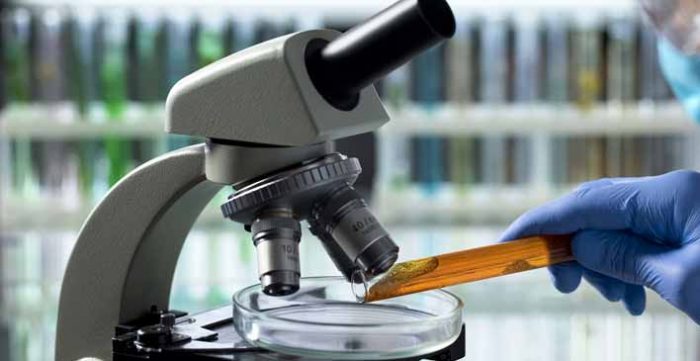We all as consumers and shoppers are guilty of not paying attention, on a routine basis, to the ingredients in the products we purchase. We go into the store, grab what we need, make the purchase and think no more about it. But have you ever taken the time to look at what is actually in the products we buy? You would be surprised to realize how the same ingredient may be used in a variety of different products.
Honey is a 100% pure and natural sweetener made by honey bees. It takes one bee to visit 2 million flowers to produce 1 pound of honey – now that’s hard work! Honey offers us a vast array of uses. Often called “Royal Jelly”, honey is found in our food, cosmetics and vitamins. You will also find honey being used for the medical benefits it has. In the past it was considered an aphrodisiac when used as an ingredient in making beer and wine.
(benefits-of-honey.com/good-quality-honey.html)

When looking for the best quality of honey it’s important for a consumer to pay attention to 5 basic factors. The first factor is the water content in honey. The second is the thermal breakdown of the sugar(s) in the honey (hydroxmyethlyfurfural- HMF). One must also consider the inverted sugar levels of the honey as well as the pollen content and the honey’s color.
Because honey is hygroscopic it has a tendency to absorb water or moisture very easily so that is why it is very important for the water content of the honey you buy not to exceed 14%.
As mentioned earlier hydroxmethylfurfural or HNF is the thermal breakdown of the product of fructose through a process that results in heating of the honey. The HMF should be considered in determining the quality of honey due to the fact that honey becomes darker during storage so you should ensure that the HMF is no more than 15 mg/kg during shipping to maintain adequate shelf life.
Honey is an “inverted sugar” because of the chemical process it goes through when breaking down of the fructose and glucose. When the HMF level exceeds 100 mg/kg adulteration (the process of heating sucrose and food acid) happens. Inverted sugars are found in many carbonated products, sugarcane, and other man-made products.
Impurities, which often occur in the pollen, are another determining factor of the quality of honey. If you look at the bottle of honey on the shelf and it looks cloudy and unclear it’s usually that is a good bet the quality of the honey is poor.
Raw honey is unheated, unpasteurized, unprocessed honey that is unfiltered and contains a lot of what makes it very unpleasing to the eye. It is very difficult to find this type of honey on store shelves because of its appearance despite its nutritional value and health benefits. Honey color is measured in millimeters on a Pfund Scale. The scale is not a determining factor for the quality of honey but there is thought, or rule of thumb, that the darker the honey the higher the mineral content. Honey is graded into three color categories: light, amber and dark.

There are over 23 different varieties of honey with many floral aromas from different parts of the world. Acacia is the most popular honey because of its mild aroma and ability not to alter the taste of what it’s added to. Pine Tree honey (also known as fir honey or tea tree honey) is rich in minerals and proteins but has a strong aroma. Sourwood is a sweet tasting honey that is light in color. It leaves a very pleasant aftertaste on your palate. Multi-floral or mixed-floral is another type of honey commonly known as Wildflower. This type of honey is used when there is a miscellaneous or undefined flower source with taste and color varying. (ist-world.org/ProjectDetails.aspx?ProjectId=5ccba84cd8d9427a9c2a69cf57e63a5d)
With the many varieties and uses that honey offers, there’s no reason why we shouldn’t take the opportunity to expand our taste buds and healthy lifestyle.
